How roasters should set supermarket prices for their coffee
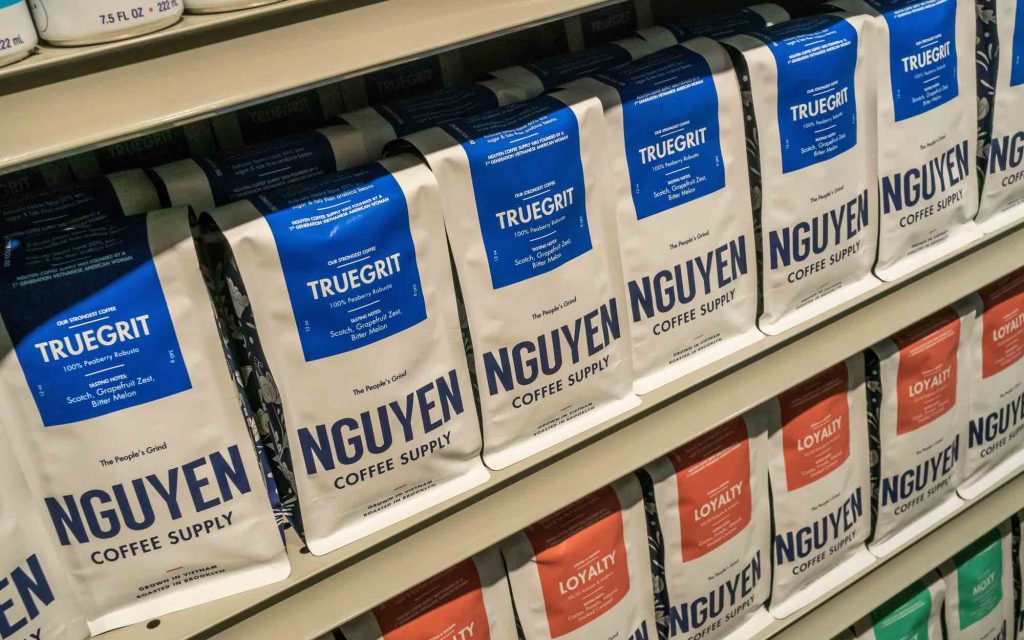
For some specialty coffee roasters, selling products in supermarkets and grocery stores is an incredibly valuable way to generate revenue.
Despite the negative connotations, there are many advantages to selling coffee in retail stores – including access to a much broader consumer base. In the US, for instance, it’s estimated that up to 67% of people buy coffee from supermarkets, whereas only 9% of consumers purchase coffee directly from roasters and coffee shops.
But that doesn’t mean navigating the grocery retailer market isn’t challenging – especially when it comes to pricing coffee. In fact, developing an effective pricing strategy is absolutely critical if roasters are to find success.
To learn more, I spoke to John Steel, CEO of Cafédirect, and Spencer Turer, Vice President of Coffee Enterprises.
You may also like our article on how roasters can sell coffee to supermarkets and grocery stores.
The pros (and cons) of selling coffee in grocery stores
For some roasters, the idea of selling their coffee in supermarkets and grocery retailers is quite frankly frowned upon. And the main reason for this is freshness – or the potential lack of.
Medium and large-scale grocery store distribution channels don’t necessarily prioritise coffee freshness, which means consumers are unlikely to receive the highest-quality product possible.
Moreover, supermarkets also have ample back stock to avoid empty shelves, which also means selling less fresh coffee through inventory on hand. To prevent this, suppliers (in this case roasters) would have to deliver their coffee more often. This can, however, lead to more products being “out of date” (between three to six months after the roast date) – and roasters would be responsible for covering the costs for the retailer.
On the other hand, there are huge advantages to selling coffee in supermarkets. By far the biggest is that it massively increases visibility of your brand and introduces your products to a much wider range of people than other retail channels.
John Steel is the CEO of Cafédirect – one of the first coffee brands to include the Fairtrade certification mark on its packaging.
“There is plenty of capacity to scale,” he says. “The at-home coffee market is a significant and robust market, especially in 2023.
“Diversifying how and where you sell your products can also protect your brand from market downturns – especially in the out-of-home sector,” he adds.
And with the quality of coffee sold in supermarkets increasing in recent years, specialty coffee roasters have a clear advantage over other brands. Fresher coffee will always taste better, which is likely to keep customers repeatedly buying your products.
So how should you price coffee for supermarkets?
In most medium and large-scale supermarkets, coffee is priced differently than the products sold in cafés and roasteries. Grocery stores mainly sell roast and ground or instant coffee products, with many big brands competing on the shelves – which usually results in lower prices.
For specialty coffee roasters, this means creating a highly effective pricing strategy for supermarkets and grocery retailers. And to do this, they need to consider several factors, including:
Production costs
Margin requirements for both distributors and retailers
Competitors’ prices
Accounting for discounts and promotions
Covering costs for “out of date” products
Lastly, and potentially most importantly, is adhering to consumers’ price expectations. Given that supermarkets attract a wide range of customers, it’s important to remain both competitive but also affordable.
Spencer Turer is the Vice President of Coffee Enterprises – an independent coffee and tea testing consultancy.
“A price-sensitive buyer will be looking for the best value and examining the price per pound, or deciding to buy a product based on a 10 cent price difference,” he explains. “Quality-focused buyers will look at packaging and branding, or look for a flavour profile or roast profile that they prefer.”
Remaining competitive
To stand out against other local, national, and international brands, you will need to price your products competitively. It is recommended to price match – or at least be within US $1 (or other equivalent currencies) – of the highest-priced coffee available in store.
If you charge more than the highest-priced coffee, an aggressive sales and promotion schedule is important to drive consumer interest. Ultimately, price is one of several indicators of quality to the customer and will determine how they perceive your product. By selling your coffee at the same or similar price to the most expensive coffee, it tells the consumer that your product is one of the best available.
“Coffee quality shouldn’t be defined by the building it is served in or purchased from,” Spencer says.
However, trying to out-price your competitors isn’t a sustainable strategy in the long term. Larger brands with higher sales volumes will always have the resources and capacity to undercut prices if necessary.
The importance of branding and packaging in grocery stores
“The UK grocery market, for instance, is highly competitive and dominated by a small number of large players,” John tells me. “Because of this, it’s essential to have a distinct and standout brand to make it very clear that you add value.”
Supermarkets sell a vast range of many different types of products, including roast and ground, instant, and whole bean coffee. In line with setting competitive prices, roasters need to make sure their packaging stands out on the shelves and complements their brand identity.
“Great packaging and telling a story may justify a high price tag,” Spencer explains. “However, the quality of the coffee is what the consumer bases their opinion on, and determines whether they will make a second purchase or become a loyal, repeat customer.”
Selling sustainable coffee
Sustainability has never been so important to consumers – including supermarket and grocery store customers.
“There is a significant increase in awareness and desire to be more sustainable across a range of target consumers,” John says. “People are willing to pay more for products and companies that prioritise people and the planet. It is incredibly important that we pay smallholder farmers more for the coffee that they grow.”
Many grocery retailers even have certain sections of aisles dedicated to sustainable and ethical coffee to specifically highlight these products to consumers.
“The range of products in your local supermarket should be representative of the entire coffee industry, including Fair Trade, Kosher, Organic, and Rainforest Alliance certified coffees, as well as direct trade and transparent sourcing,” Spencer concludes.
Pricing specialty coffee to sell in supermarkets requires careful consideration of many factors, including production and marketing costs, competitor prices, and discounts and promotions. If roasters get it “wrong”, they stand to lose a lot.
But by setting competitive prices and accounting for all potential costs, roasters can find a lot of success in the grocery retail market.
Enjoyed this? Then read our article on how supermarket coffee is changing.
Perfect Daily Grind
Want to read more articles like this? Sign up for our newsletter!
The post How roasters should set supermarket prices for their coffee appeared first on Perfect Daily Grind.
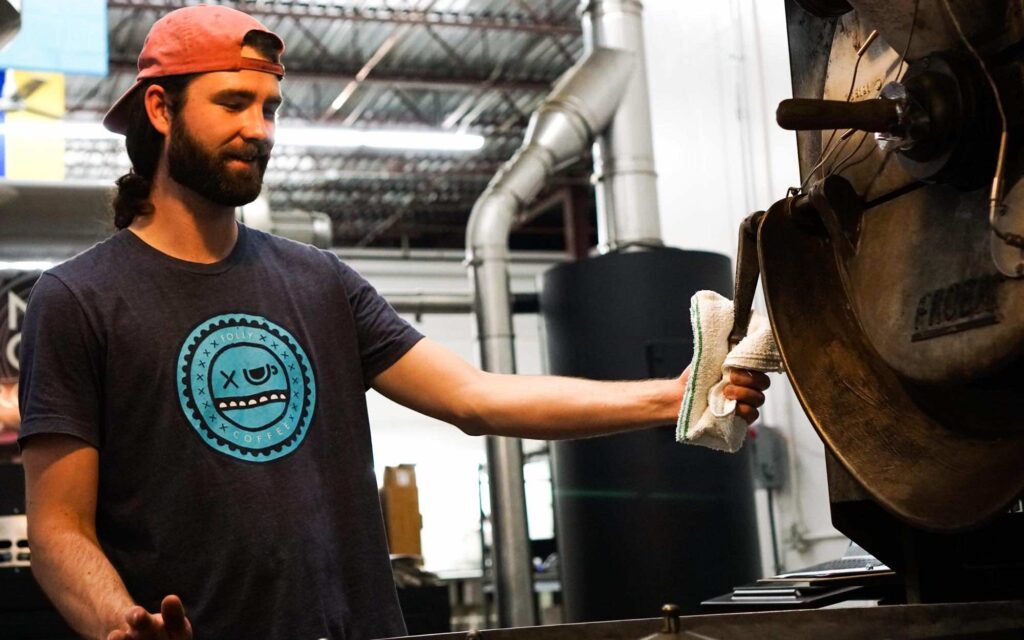
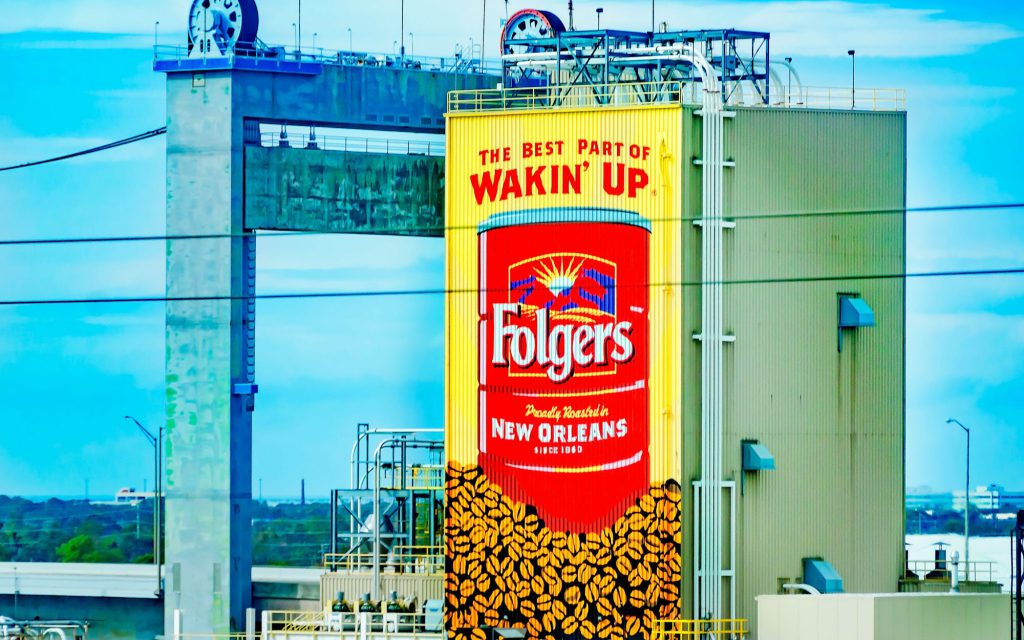
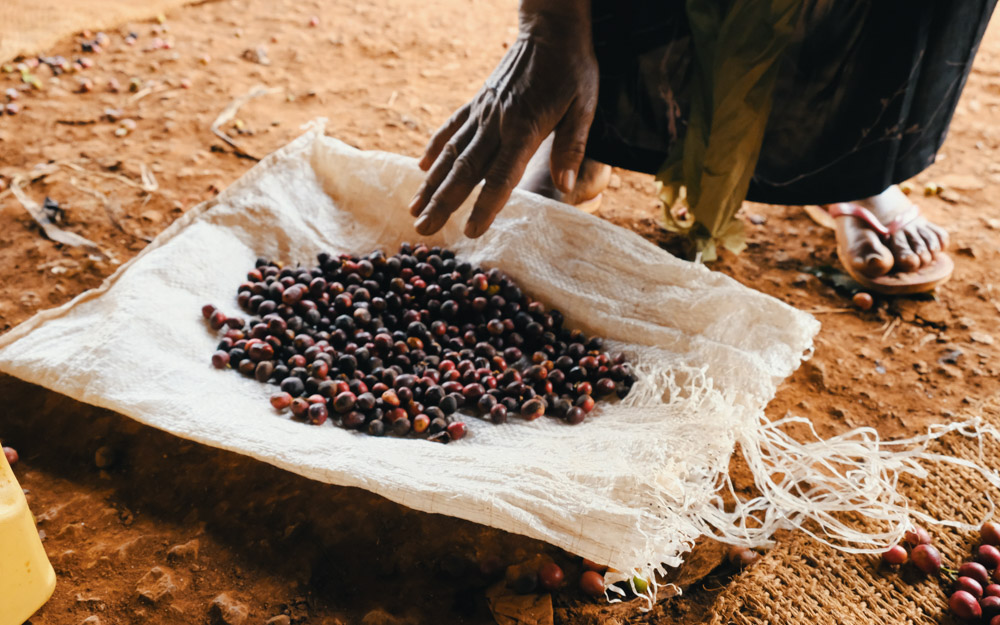
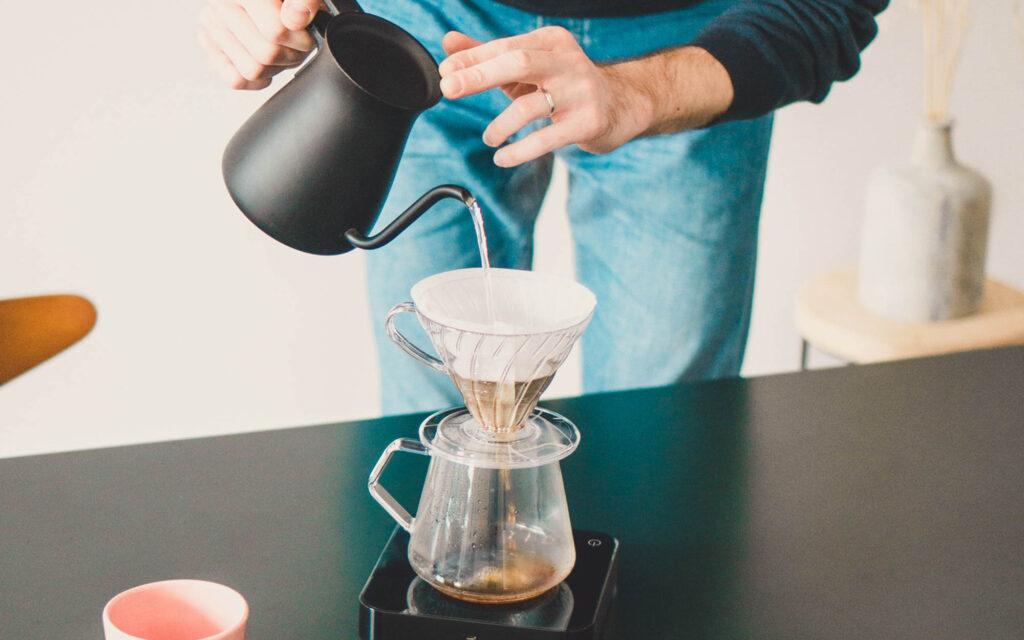

Responses